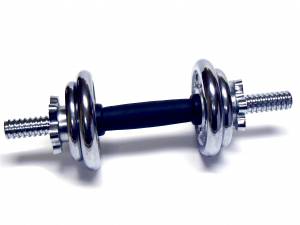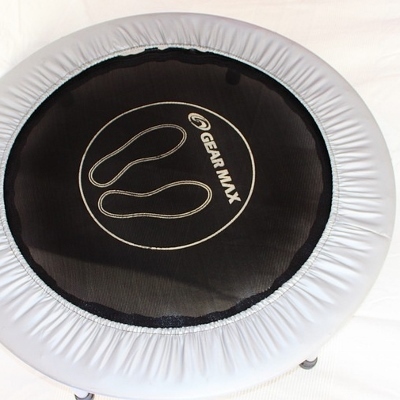 Modern man is constantly prodded to do more, and do it better than everyone else. As such, it’s no surprise that most people throw themselves into a strength-training regimen, only to have to stop soon after to recuperate from injury.
Modern man is constantly prodded to do more, and do it better than everyone else. As such, it’s no surprise that most people throw themselves into a strength-training regimen, only to have to stop soon after to recuperate from injury.
Images of relaxed-looking athletes bench-pressing 150 lbs are nothing new, and not a problem, as long as you remember that they’re selling an idealized vision of what strength training entails (and probably supplements). The reality is, you will strain at that bar bell in the early days of your strength training routine, but there’s no need to get a hernia to learn how to do it correctly.
First, be realistic; follow a routine suited to your strength level. This means using weights you can manage without too much strain. So, start with lighter weights than what you feel you should use, and always remember, “if you can’t lift it, forget it.”
The intensity at which you can work if you are new to strength training is, of course, modest. The same goes for how frequently you are able to strength train. To get an idea of what intensity and frequency is appropriate for you, just listen to what your body is saying. You should expect some post-workout soreness, but not so much so that every step you take is an exercise in pain endurance.
Initially, training at a particular intensity means that you will train less frequently than you believe is ideal; however, in the same manner cardiovascular fitness is developed, it will take time to become accustomed to greater intensity and frequency in strength training.
While injury (and pain) from strength training can be due to over-exertion, most of the time it stems from poor form. The pain that comes when muscles are under strain, and when they have been injured, are vastly different – the former doesn’t linger after a set of reps, and you feel energized after the workout, whereas the latter is sharp, sudden, and usually necessitates a long layoff.
Strength training the right way also means allowing yourself time to rest. It might be tempting to go for another session even when you can barely hop across a puddle, but that would do more harm than good. Rest days allow your muscles to recover and repair minor damage caused during training. The result is that they wind up stronger, and you will soon be able to lift more than before.





